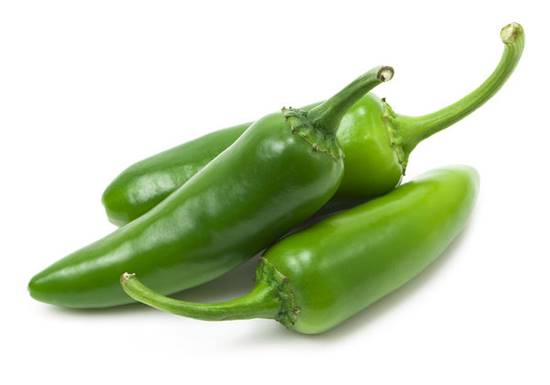The classification of jalapenos as either fruits or vegetables is a subject of debate that delves into both botanical and culinary perspectives. In this article, we will explore the intricate nature of this debate, shedding light on the diverse factors that influence the classification of jalapenos.
I. Introduction
Definition of Fruits and Vegetables Fruits and vegetables are two broad categories of edible plant parts, each with its own unique characteristics and culinary uses. Fruits typically contain seeds and develop from the ovaries of flowers, while vegetables encompass a wider range of plant parts such as roots, stems, and leaves.
Controversy Surrounding the Classification of Jalapenos Jalapenos, with their spicy flavor and versatile culinary applications, blur the lines between fruits and vegetables. The debate over whether jalapenos should be classified as fruits or vegetables reflects the complexity of food classification and the diverse perspectives surrounding it.
II. Botanical Classification of Jalapenos
Understanding Botanical Definitions From a botanical perspective, fruits are the mature ovaries of flowering plants that contain seeds, while vegetables encompass other edible plant parts such as roots, stems, and leaves. Botanical classifications are based on the reproductive structures and functions of plants.
Botanical Classification of Jalapenos Examining the botanical structure of jalapeno plants reveals that they develop from the flowers of Capsicum annuum plants. As such, jalapenos meet the criteria for being classified as fruits, as they contain seeds and originate from the ovary of a flower.
III. Culinary Classification of Jalapenos
Culinary Definitions and Usage In the culinary world, fruits and vegetables are often classified based on their flavor profiles and culinary applications. Fruits are typically sweet or tart and are used in desserts or eaten raw, while vegetables are savory and used in a wide range of savory dishes.
Culinary Classification of Jalapenos Despite their botanical classification as fruits, jalapenos are commonly treated as vegetables in cooking due to their spicy flavor and savory taste. Jalapenos are frequently used in savory dishes such as salsas, sauces, and stuffed peppers, where they add heat and depth of flavor.
IV. Scientific Perspective on Jalapenos
Analysis of the Nutritional Composition Jalapenos are not only valued for their flavor but also for their nutritional benefits. They are rich in vitamins, minerals, and antioxidants, making them a healthy addition to any diet.
Impact on the Classification Debate While scientific research supports the botanical classification of jalapenos as fruits, culinary traditions and usage patterns often influence how foods are classified in everyday language. The debate over the classification of jalapenos highlights the dynamic nature of food classification and the importance of considering multiple perspectives.
V. Conclusion
Summary of the Debate The question of whether jalapenos are fruits or vegetables is a multifaceted issue that encompasses botanical, culinary, and cultural considerations. While botanical classification identifies jalapenos as fruits, culinary usage often categorizes them as vegetables due to their savory flavor and culinary applications.
Encouragement for Readers to Explore Diverse Perspectives By exploring the complexities of the debate surrounding the classification of jalapenos, readers are encouraged to broaden their understanding of food classification and appreciate the diverse ways in which foods are categorized and utilized in different contexts.



